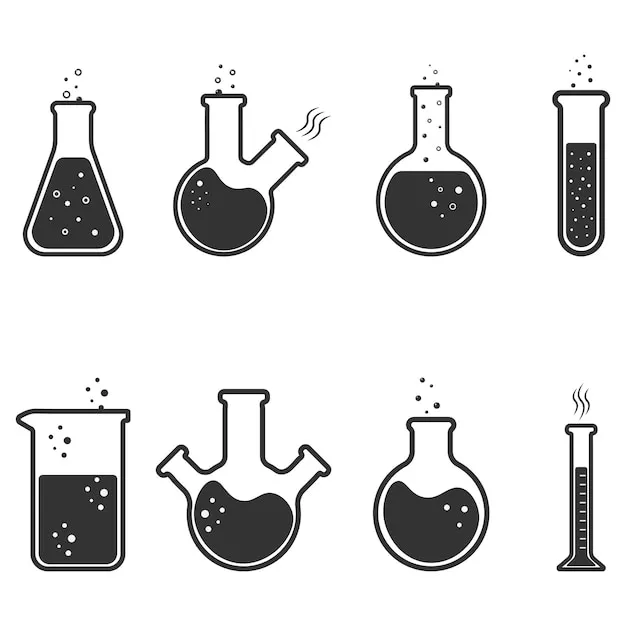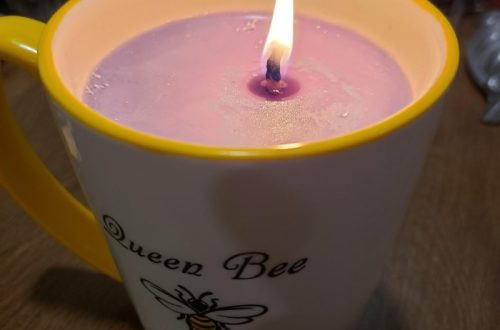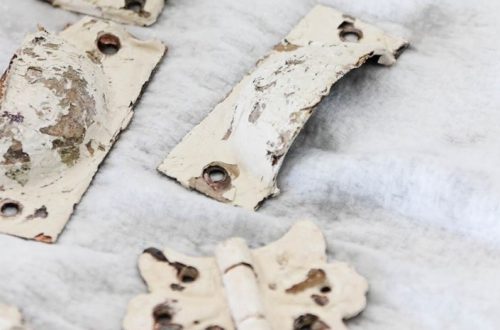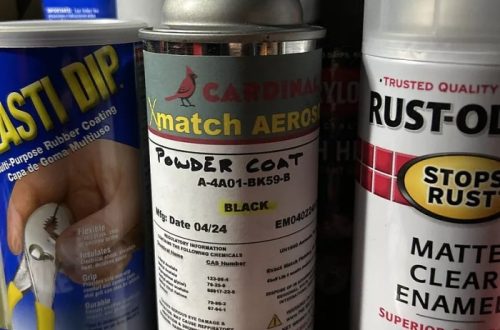Introduction
When it comes to laboratory glassware, two of the most essential tools are flasks and beakers. These instruments play a vital role in various scientific experiments and procedures, helping students, educators, and laboratory technicians conduct their work accurately and efficiently. However, understanding the differences between flask vs beaker is critical for ensuring that the right tool is used for the right task. This knowledge not only enhances the quality of experiments but also contributes to the reliability of the results obtained.
In this comprehensive article, we will explore the definitions, types, and specific uses of flask vs beaker. We’ll also provide a detailed comparison between the two, outlining their key differences and discussing when to use each one. By the end of this guide, readers will have a solid understanding of these laboratory tools, which can lead to better decisions in selecting the appropriate equipment for various applications.
What is a Flask?
A flask is a type of laboratory glassware designed to hold liquids in a specific volume and to facilitate mixing or heating. Flasks come in various shapes and sizes, each serving a unique purpose. The most common types of flasks found in laboratories include:
1. Erlenmeyer Flask
The Erlenmeyer flask is probably the most recognized type of laboratory flask. It has a conical shape with a wide base and a narrow neck. This unique design allows for easy swirling of its contents without spilling, making it perfect for mixing solutions or conducting reactions.
– Uses: The Erlenmeyer flask is ideal for titrations, where accurate mixing is essential. The design minimizes evaporation and allows for safe heating of liquids.
– Capacity: These flasks come in various sizes, typically ranging from 50 mL to 2 L, allowing for flexibility based on the volume needed for experiments.
2. Volumetric Flask
Volumetric flasks are designed for precise measurements and dilutions of liquids. They have a bulbous body with a long neck and a single calibrated line, which indicates a specific volume.
– Uses: These flasks are used when it is crucial to measure an exact volume of a liquid. This makes them indispensable for preparing standard solutions in quantitative analysis.
– Capacity: Depending on the application, volumetric flasks can be found in sizes ranging from 25 mL to 2000 mL.
3. Florence Flask
The Florence flask, sometimes referred to as a boiling flask, has a round body and a single long neck, allowing for even heating of liquids.
– Uses: Its shape is ideal for boiling and storing liquids; the rounded bottom ensures uniform heat distribution.
– Capacity: These can also vary significantly in size, most commonly found in 250 mL and 500 mL volumes.
4. Other Types of Flasks
Besides the aforementioned types, various other specialized flasks exist. Some examples include:
– Distillation Flasks: Used for distillation processes, featuring a round body and a neck.
– Reagent Bottles: Typically used for storing chemicals, often equipped with a screw cap to secure contents.
Overall, flasks are versatile tools that meet a range of laboratory needs, from simple mixing to complex reactions.
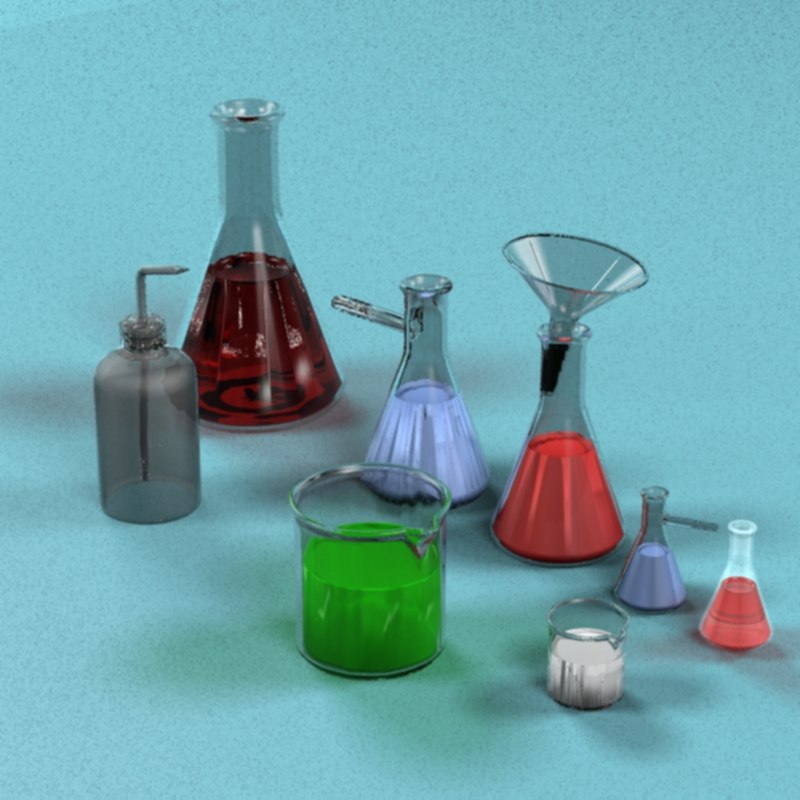
What is a Beaker?
Beakers are a staple in any laboratory environment and serve as one of the most versatile pieces of glassware. Unlike flasks, which often have more specialized uses, beakers are designed primarily for general use.
Features of Beakers
Beakers are typically cylindrical in shape with a flat bottom, allowing them to stand easily on laboratory benches. They often have a small spout to facilitate pouring and are equipped with graduated markings, although these are generally not precise enough for accurate measurements.
– Uses: Beakers are primarily used for mixing, heating, and holding liquids. Their straightforward design allows for easy stirring and transferring of liquids from one container to another.
– Capacity: Beakers come in various sizes, ranging from small 50 mL beakers to large 2000 mL options, accommodating different experimental needs.
Types of Beakers
There are a few different types of beakers that serve specific purposes:
– Graduated Beakers: Marked with measurement lines, these beakers allow for approximate volume measurements.
– Non-Graduated Beakers: These are used more for mixing or heating and do not have measurement markings.
Benefits of Using Beakers
The benefits of using beakers in a laboratory setting include:
– Easy to Clean: Their simple design allows for quick washing and reuse.
– Convenience: Beakers can be easily stacked for storage, and their wide opening allows for simple mixing.
– Affordable: Compared to specialized flasks, beakers are generally more cost-effective, making them accessible for various applications.
Key Differences of Flask vs Beaker
While both flasks and beakers are essential tools in the laboratory, they each have unique characteristics that make them suitable for different tasks. Understanding these differences will help you choose the right instrument for your specific needs.
1. Shape and Design
– Flasks: Typically have narrower necks compared to their bodies. This design allows for swirling and mixing without the risk of spills.
– Beakers: Feature a cylindrical shape with a flat bottom and a wide mouth, making them easier to access and pour from.
2. Measuring and Precision
– Flasks: Especially volumetric flasks, are designed for precise measurements. The narrow neck allows for accurate fills to a specific volume.
– Beakers: While they have graduated markings, beakers are generally intended for approximate measurements, making them less suitable for applications requiring high accuracy.
3. Suitable Applications
– Flasks: Best for conducting reactions where precision is crucial. They excel in mixing and heating while minimizing evaporation and spillage.
– Beakers: Ideal for general mixing and preparation of solutions, but not commonly used for sensitive measurements.
4. Ease of Use
– Flasks: The design necessitates careful handling, particularly when pouring from the narrow neck.
– Beakers: Easier to handle and pour from due to their wide mouth and stable base.
5. Versatility
– Flasks: More specialized; each type is designed for specific tasks, like boiling or precise measurements.
– Beakers: Versatile and used for various tasks, such as mixing, pouring, and temporarily holding liquids.
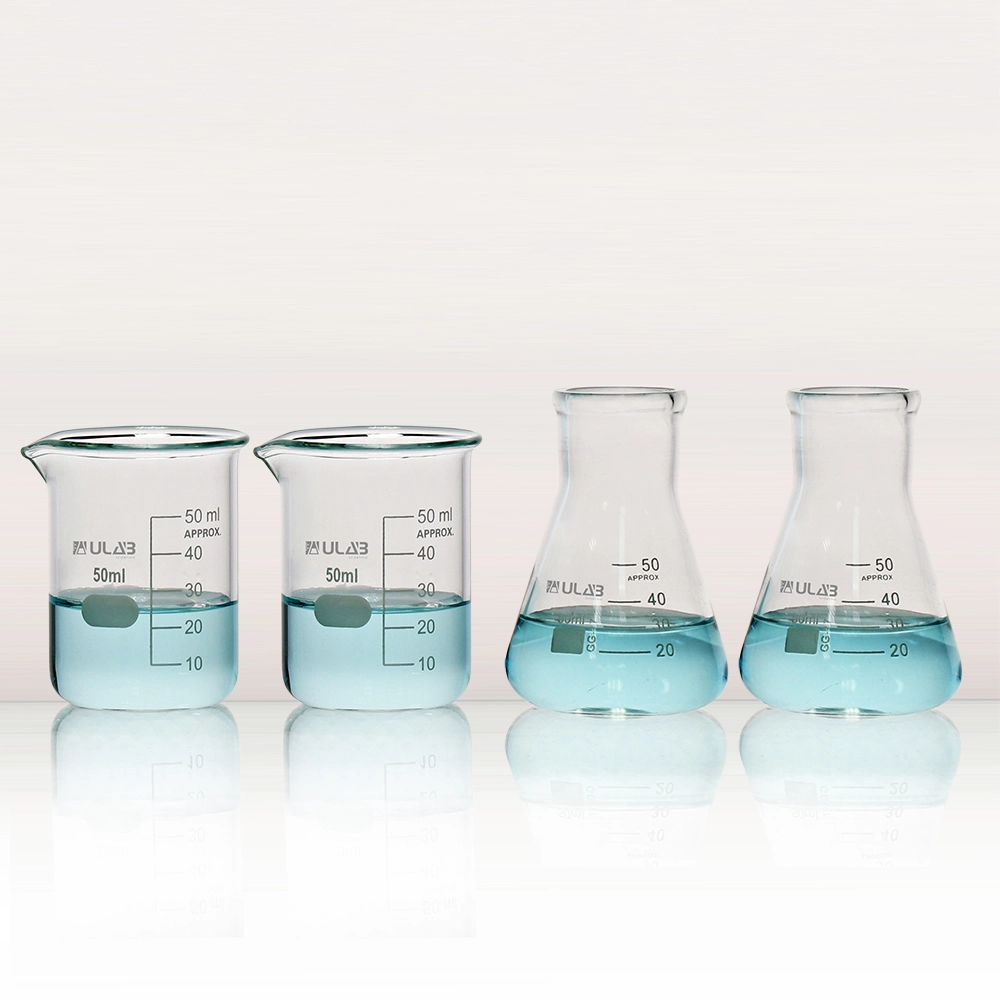
When to Use a Flask vs Beaker
The selection between a flask and a beaker often depends on the experimental requirements. Here are some scenarios where one may be preferable to the other:
When to Use a Flask
1. Conducting Titrations
If you are performing titrations, an Erlenmeyer flask is generally the better choice. Its design allows for swirling, ensuring the solutions mix well without risking spillage, which is particularly important when working with reactive chemicals.
2. Preparing Standard Solutions
When accuracy is key, such as when preparing standard solutions for experiments, use a volumetric flask. This instant ensures that your solution is mixed precisely to the desired volume, leading to consistent results.
3. Boiling Liquids
For heating purposes, a Florence flask is ideal. Its round shape allows for even distribution of heat, reducing the chances of hotspots that can lead to boiling over.
When to Use a Beaker
1. Mixing Solutions
If you’re mixing solutions or preparing simple reactions, a beaker is often sufficient. Its broad mouth allows for easy access, stirring, and pouring.
2. Observation
During experiments that require observation, such as a color change, using a beaker allows you to see the contents clearly.
3. Temporary Storage or Pouring
Beakers can also be used to hold liquids temporarily during multi-step experiments. Their design allows for quick and easy pouring between various containers.
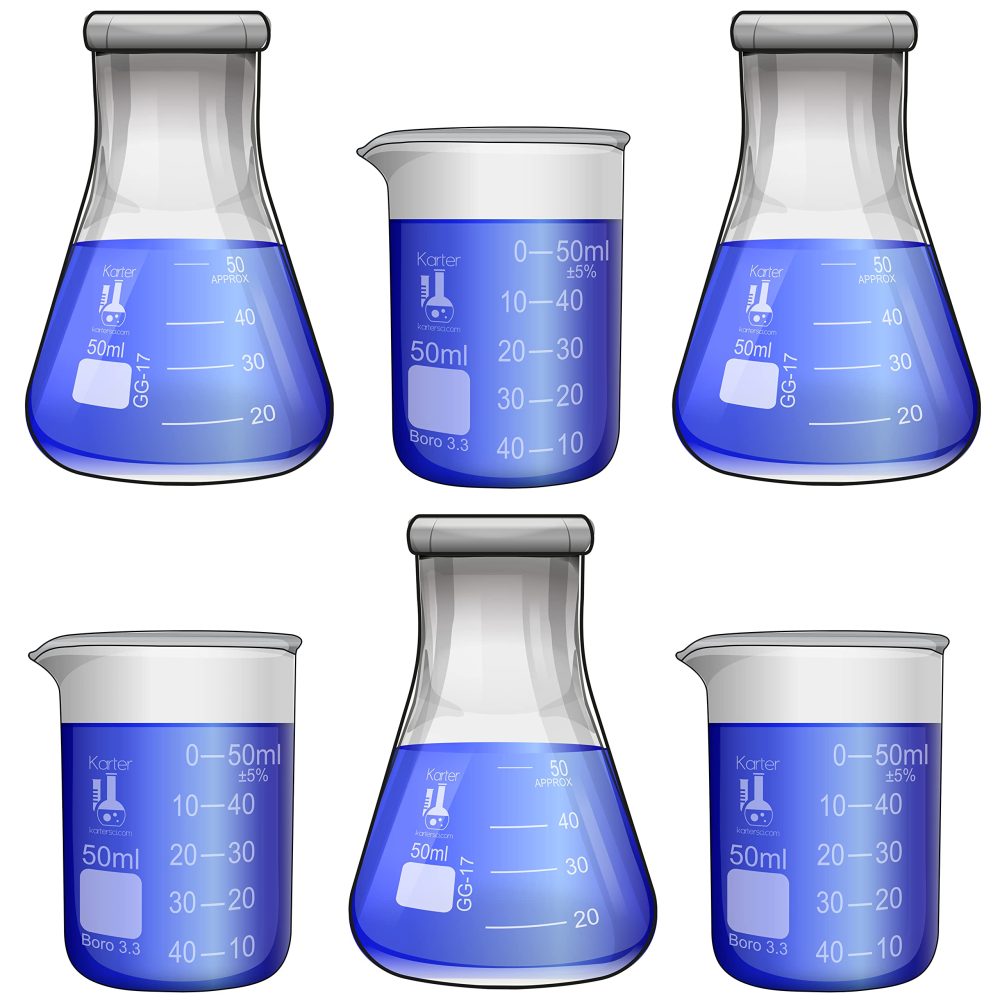
Conclusion
In conclusion, understanding the differences between flasks and beakers is essential for anyone actively working in a laboratory environment. Flasks, with their specialized designs, offer advantages in mixing, heating, and precise measurements, while beakers provide a versatile option for general purposes.
Ultimately, knowing when to use a flask or a beaker will significantly impact the outcomes of your experiments. Always choose the appropriate laboratory glassware based on the specific requirements of the task at hand. Whether you are a student, educator, researcher, or simply an enthusiast, mastering the use of these essential instruments will enhance your scientific understanding and practical skills.
Investing in high-quality flasks and beakers can lead to more accurate results and greater durability in your laboratory work. Consider reputable brands known for their reliability and precision. The right tools can profoundly influence the success of your experiments, making informed choices all the more vital.
